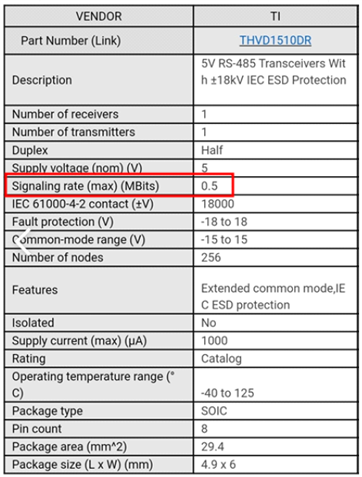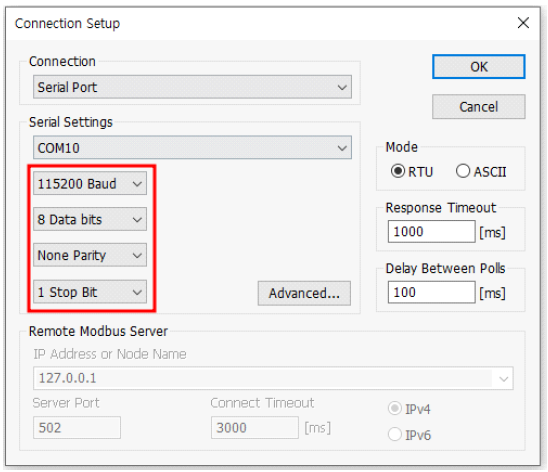Other Parts Discussed in Thread: THVD1520, THVD1420
Hi, TI expert.
The customer would like to replace the currently applied RS-485 Transceivers to TI components(THVD1510DR).
(Existing) SP485EEN (Maxlinear) → (Replacement) THVD1510DR (TI)
SP485EEN_Datasheet(Maxlinear).pdf
Both are in SOIC-8 packages and are pin-to-pin compatible.
Below is the currently applied circuit diagram.
The customer wants to use the existing PCB board by changing only the parts from SP485EEN (Maxlinear) → THVD1510DR (TI) without changing the peripheral circuits.
Q1) Is there any potential issue with using the THVD1510DR as a direct replacement for the RS-485 Transceivers IC without modifying any of the surrounding components?
Q2) Alternatively, might there be a need to modify the surrounding components?
Q3) Should we proceed with testing the THVD1510DR on the PCB board as a sample to confirm its compatibility?
Please provide guidance on this matter.
Thank you.



